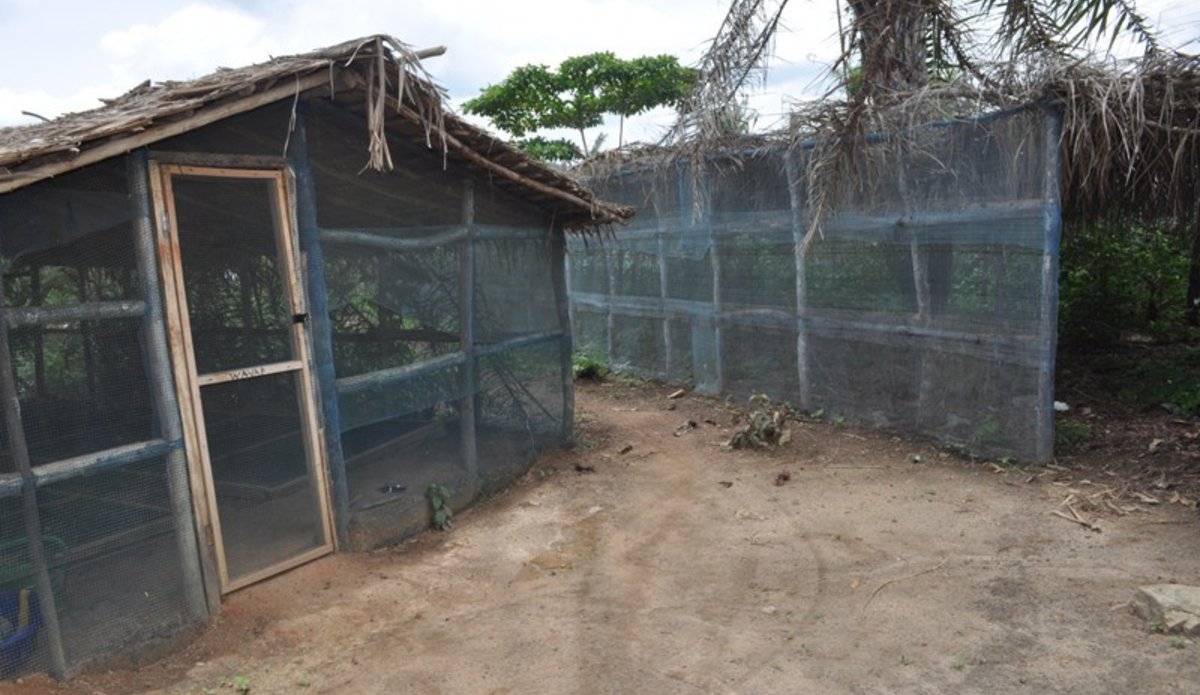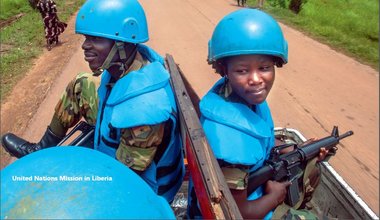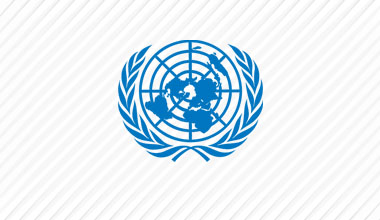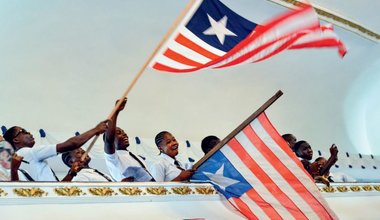Snail Farming Brings Smile to Ivorian Refugees
Sadia is one of 30 visibly delighted refugees, among them 20 women, who are being trained in snail farming in the camp. The pilot project which started in 2011 is a UNHCR-funded income-generating activity for the refugees.
Like their Liberian hosts who eat snails as a delicacy, Ivorian refugees say back home they used to roam the forests looking for snails for household consumption and income. They express delight that they have what they describe as a “snail village” in their camp. Rather convincingly, they argue that eating snail prevents many diseases because it is very rich in nutrients – it is high in protein and iron, low in fat and contains amino acids.
After some months of training, the refugees are now knowledgeable about the various processes snails undergo before harvest. Soils with high organic matter support the growth and development of snails. “The farming starts in the Breeding Pen to Raise Pen, Paddock or “semi-free” Range, and finally to the Free Range,” explains Sadia.
Another trainee, middle-aged Mensor Marie, has fond memories of life in Côte d’Ivoire before she was forced to flee to Liberia. “When we were small, we used to go into the forest to look for snails. It was very exciting. Today, it is a good thing that we are learning how to breed them. What we are breeding here is called Achatina-achatina,” she says, proudly pointing to the name in a pamphlet on snail farming. Marie points out that the snails are easy to take care of. “We give them things like potato leaves, cassava leaves, pawpaw and oil palm residues.”
The refugees are being trained by the War Victims Assistance Program (WAVAP) organization. The Executive Director of WAVAP, Dismas Cupson, is a former refugee who acquired the skills and knowledge in snail farming while in refuge in Ghana. Upon his return to Liberia, he trained some Liberians in snail farming as trainers. He explains that in pre-war Liberia, snail meat was traditionally a major ingredient in the diet of people living in the forest belt. “The consumption rate tremendously increased during and after the civil war,” he says. Cupson points out that when the civil war engulfed the entire country, food importation, hunting and farming ceased completely. A larger number of the population survived on wild crops and snails.
Health authorities and non-governmental organizations working in the area of nutrition in Liberia have been advising the population to eat nutritional foods including snails, according to Cupson. “The demand for snails currently outstrips the supplies,” he says. “In the rainy season, a 50kg bag of snails is sold for L$8,000 (US$125). But in the dry season, wild snails disappear from the market except the domesticated snails from Côte d’Ivoire. The imported snails are sold for L$14,000 (US$200) for 50kg bag.” Notwithstanding the demand locally and internationally, Cupson says there are no snail farms in Liberia except the one in the Saclepea Refugee Camp.
Refugees say there are over 3,500 snails in the pilot project but it will take almost three years for the snails to fully mature with proper irrigation system as snails grow faster in cold places and will not go into dormancy. The farm has two security guards to ensure that the snails are not stolen before harvest.
Notwithstanding challenges such as the need for irrigation, Cupson says the key achievement of the pilot project which has now ended is that 30 refugees have been trained in snail farming. The project has also attracted a lot of refugees and Liberians who have expressed their interest to be trained.
“I am aware that snails are a delicacy and enjoyed in many parts of the world, however, this is the first snail farm project I have witnessed. The project is unique,” remarks UNHCR Head of Sub-Office Andrew Mbogori, adding that it is part of the livelihood project which UNHCR and partners support as part of self-reliance approach to refugee living in the settlement. Mbogori says an evaluation of the project and others is currently ongoing to determine further support and wider coverage to refugees and host communities.
 UN
UN United Nations Peacekeeping
United Nations Peacekeeping





